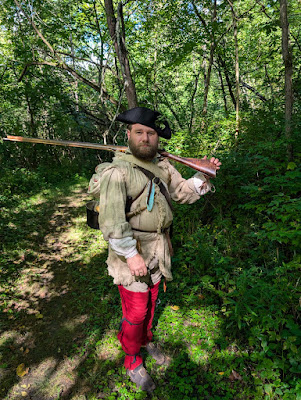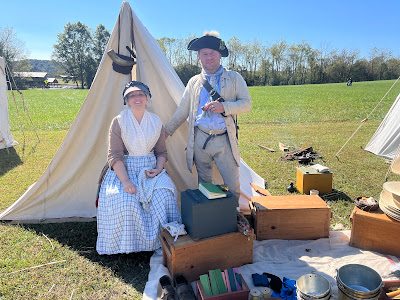Abigail Adams in 1776 admonished her husband, John Adams, to “remember the ladies” as he and the other founding fathers were crafting what would become the framework of these United States. I felt it high time that this blog do the same. This is the first Shirttail Mess post aimed at the female living historian. My name is Eileen Book, and I have been heavily involved in this hobby since 2017. My primary topic of interest centers around women and their roles before, during, and after the American War for Independence.
Any new endeavor, especially one as varied as beginning in the living history hobby, can be daunting. Unlike our forebears, we today have limitless information at hand. One can escape down any number of rabbit holes and invariably end up more confused than when they started. This post is an attempt to serve as a basic guideline for those who are new to the hobby. The following will be a list of what I consider to be essential pieces of basic female kit, undergarments edition.
If you have a person who will be always going to events with you, back lacing is preferable but if you tend to go out alone, front lacing will be a God send. My current pair have straps but when I make my next pair, they will be strapless as I feel they are more versatile and less worry about the straps showing when you make a gown.
Does this sound like a lot? It is. Which is why this can be such a scary thing for the person new to this hobby. I highly, HIGHLY encourage anyone who takes up this hobby to learn to sew. It is an essential skill and will serve you well. You will save so much money by learning to do this. The aforementioned Burnley and Trowbridge have a wonderful YouTube channel https://www.youtube.com/c/BurnleyandTrowbridgeCo where they teach you the sewing essentials and before you know it you will be ultra-progressive and look down your nose at anyone who deigns to use a machine. Okay, maybe you won’t be quite like that, but you will get to experience a little taste of the lives of your fore-mothers which is really why we’re here in the first place, right? Right.
Part II to follow expediently.
Yr Obedient Servant,
Mrs. Jacob Book



















